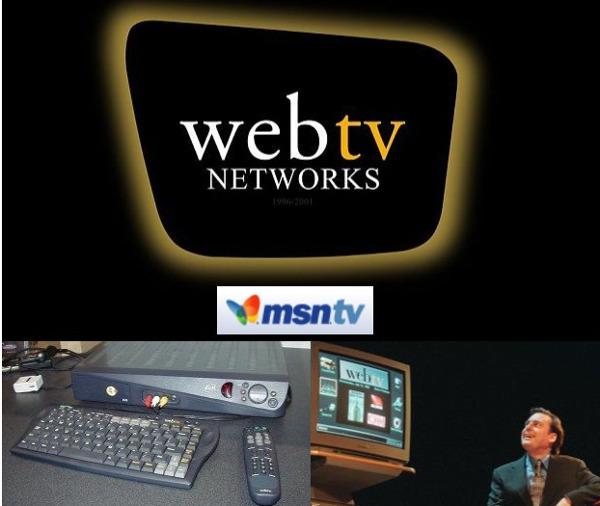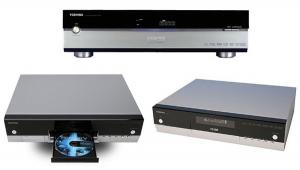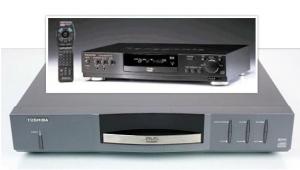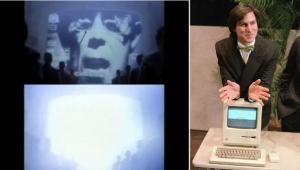Flashback 1996: WebTV Aims to Televise the Internet

None of that deterred tech entrepreneur/WebTV founder Steve Perlman, who envisioned a new, innovative way to harness the technology that was about the change the world. "I've been working to create an interactive television my entire life," he told PC Magazine in a 2007 interview. "I always knew it was a way of bringing computers to average people." Perlman made his first attempt at combining a computer with a television as a high-school student. It was an idea that lingered.
Wikipedia recounts the a-ha moment that led to WebTV:
One night, Perlman was browsing the web and came across a Campbell's soup website with recipes. He thought people who might be interested in what the site had to offer were not using the web. It occurred to him that if the television audience was enabled by a device to augment television viewing with receiving information or commercial offers through the television, then perhaps the web address could act as a signal and the television cable could be the conduit.
When it launched on September 18, 1996, WebTV cost between $330 and $350 plus a monthly service fee of $19.95 for email and unlimited “web surfing.” For an extra $50 you could buy a wireless keyboard and do that surfing from your couch.
WebTV struggled to gain acceptance with a concept that was lost on the public and a system that had trouble properly displaying web pages on a TV screen.
Microsoft acquired the company in 1997 and introduced a new improved version of WebTV, which led to an uptick in sales, expanding the base from 150,000 subscribers to around 800,000 by mid-1999. In 2001, Microsoft rebranded WebTV as MSN TV but at that point had begun losing subscribers as dial-up started to fade. To address the new reality of high-speed internet access, MSN TV 2 introduced broadband connectivity to the platform in 2004 and it plodded along until Microsoft ended WebTV/MSN TV service in 2013.
See Ernie Smith’s 2016 article The Internet Will be Televised for an informative and entertaining take on the WebTV saga.
























































